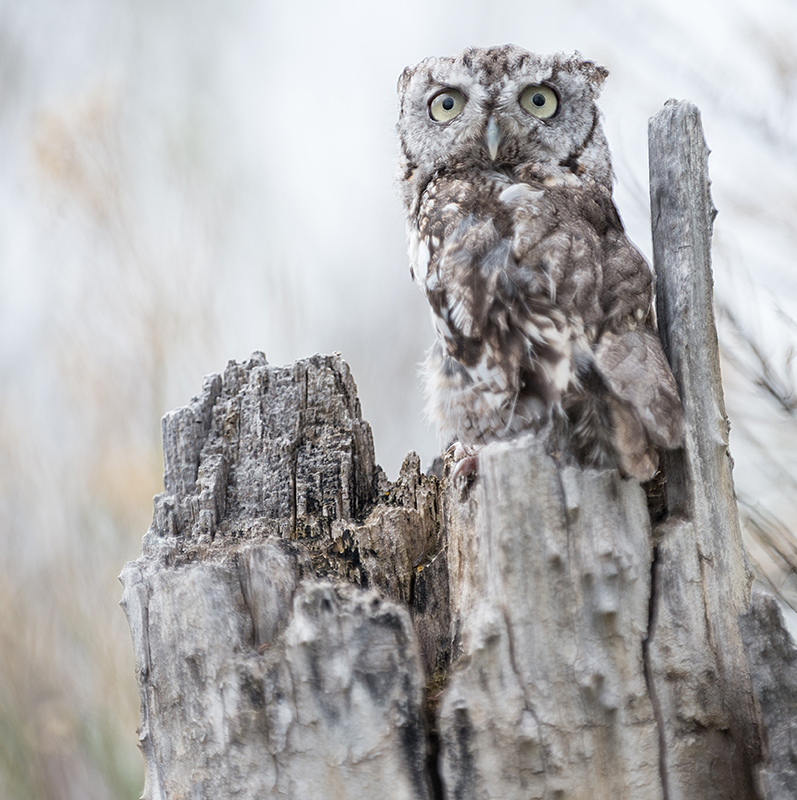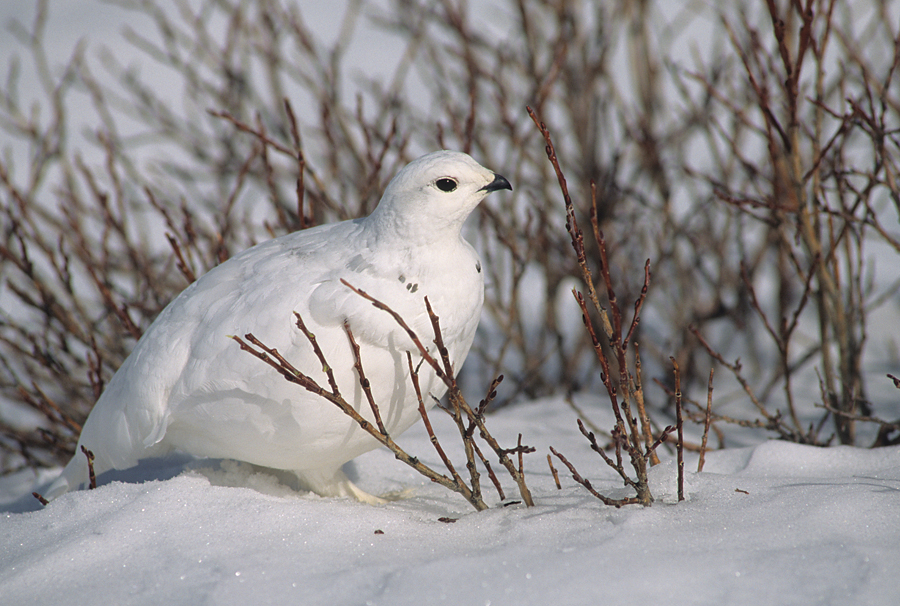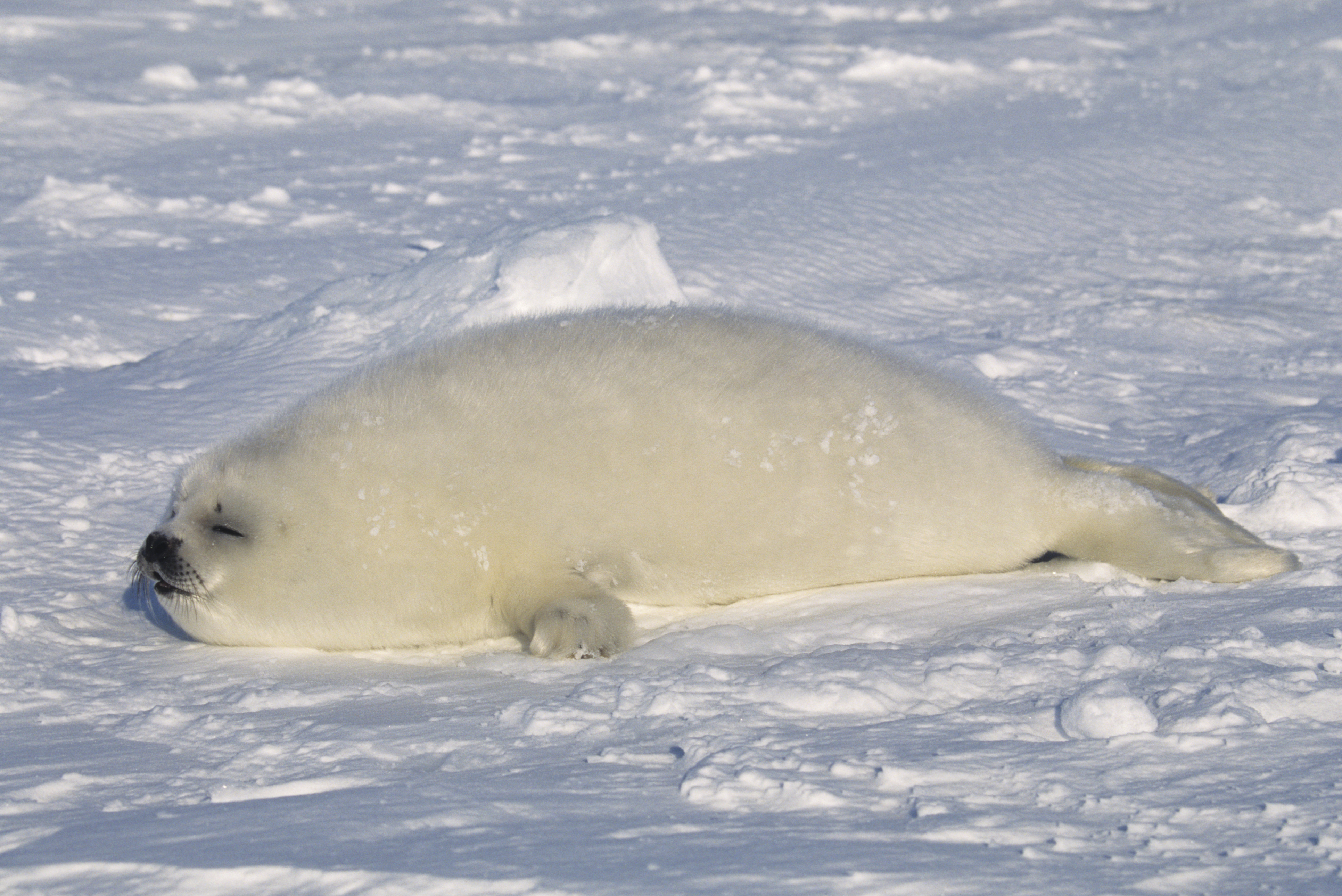Protective coloration is a color or pattern of colors that helps a living thing to avoid being eaten. Many living things are camouflaged to blend with their surroundings or to deceive predators (hunting animals). There are many forms of protective coloration, and animals may display more than one type. Forms of protective coloration include: (1) cryptic coloration, (2) disruptive coloration, (3) mimicry, and (4) warning coloration.

Cryptic coloration
is a color or pattern of colors that helps a living thing blend with its surroundings. For example, many desert animals have coloration closely matching that of sand. Snowshoe hares have brown coats in summer and white coats in winter. Other animals, such as chameleons, can change color to match different backgrounds. Many animals combine cryptic coloration with deceptive body structure. For example, stick insects have both the color and shape of twigs. Stone plants have both the color and shape of stones.

Disruptive coloration
makes one part of a living thing’s body stand out more than the rest, disguising its real shape. For example, an American bird called the killdeer has a bold pattern of brown and white crossed with black stripes. A predator may see only brownish lumps, rather than the outline of a bird.
Mimicry
is when a living thing benefits by resembling another living thing or object. Many forms of mimicry involve a kind of protective coloration. For example, some harmless king snakes have color patterns that resemble those of deadly coral snakes. Predators may avoid king snakes, confusing them with coral snakes.

Warning coloration
advertises a potential danger to predators. For example, many bumble bees have black and yellow stripes. Predators that have been stung by bumble bees in the past may recognize the stripes and keep their distance.
